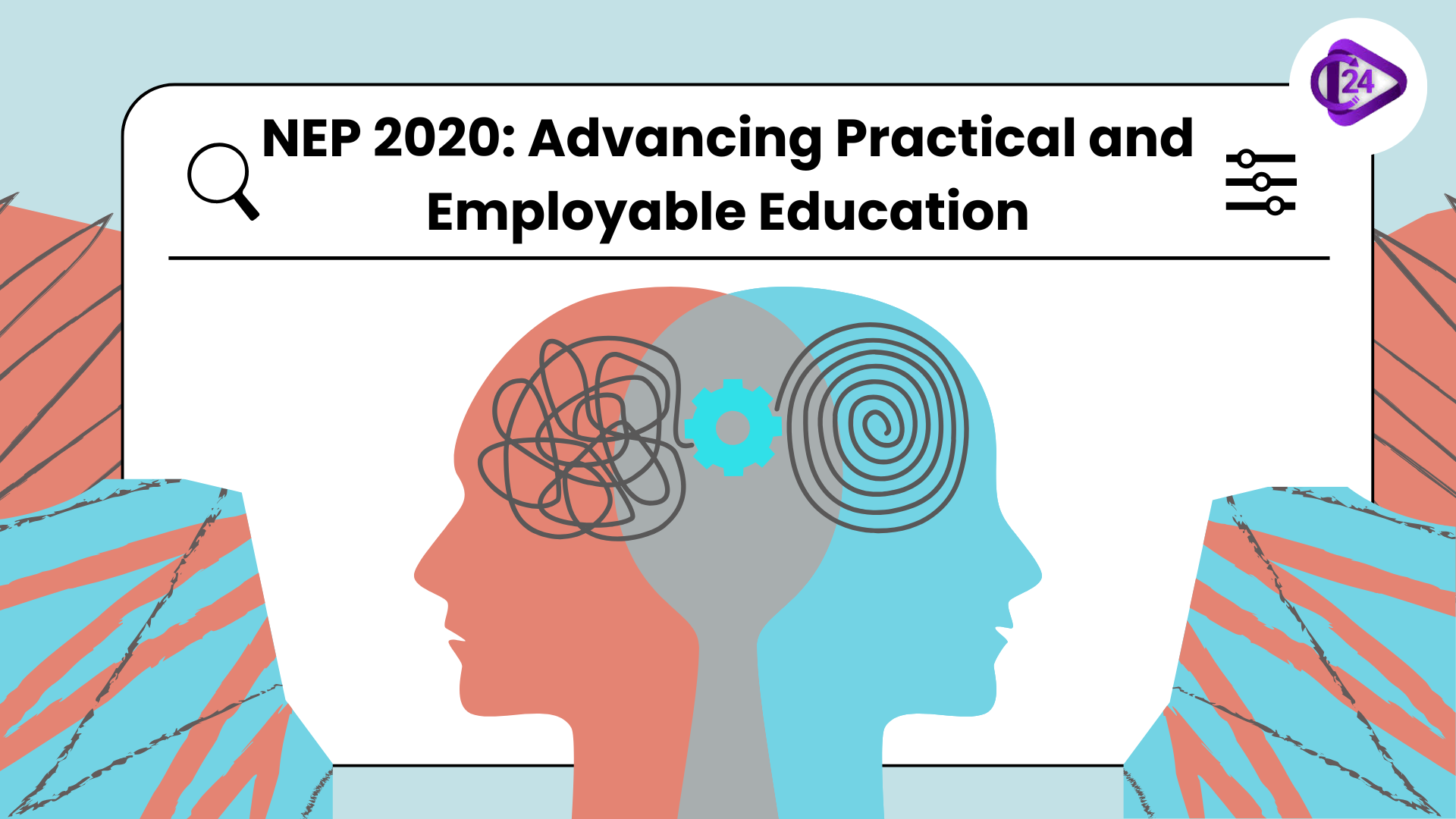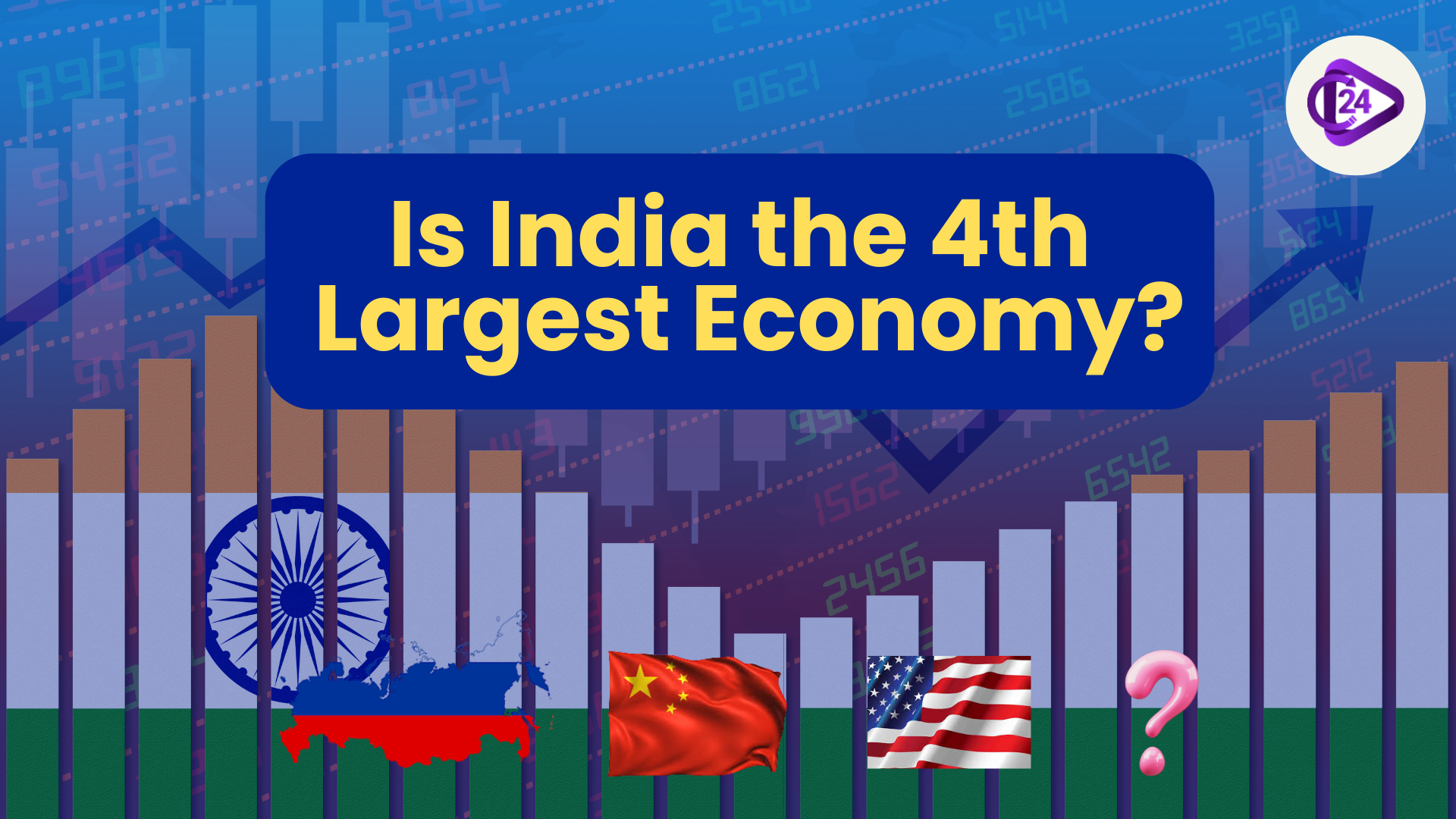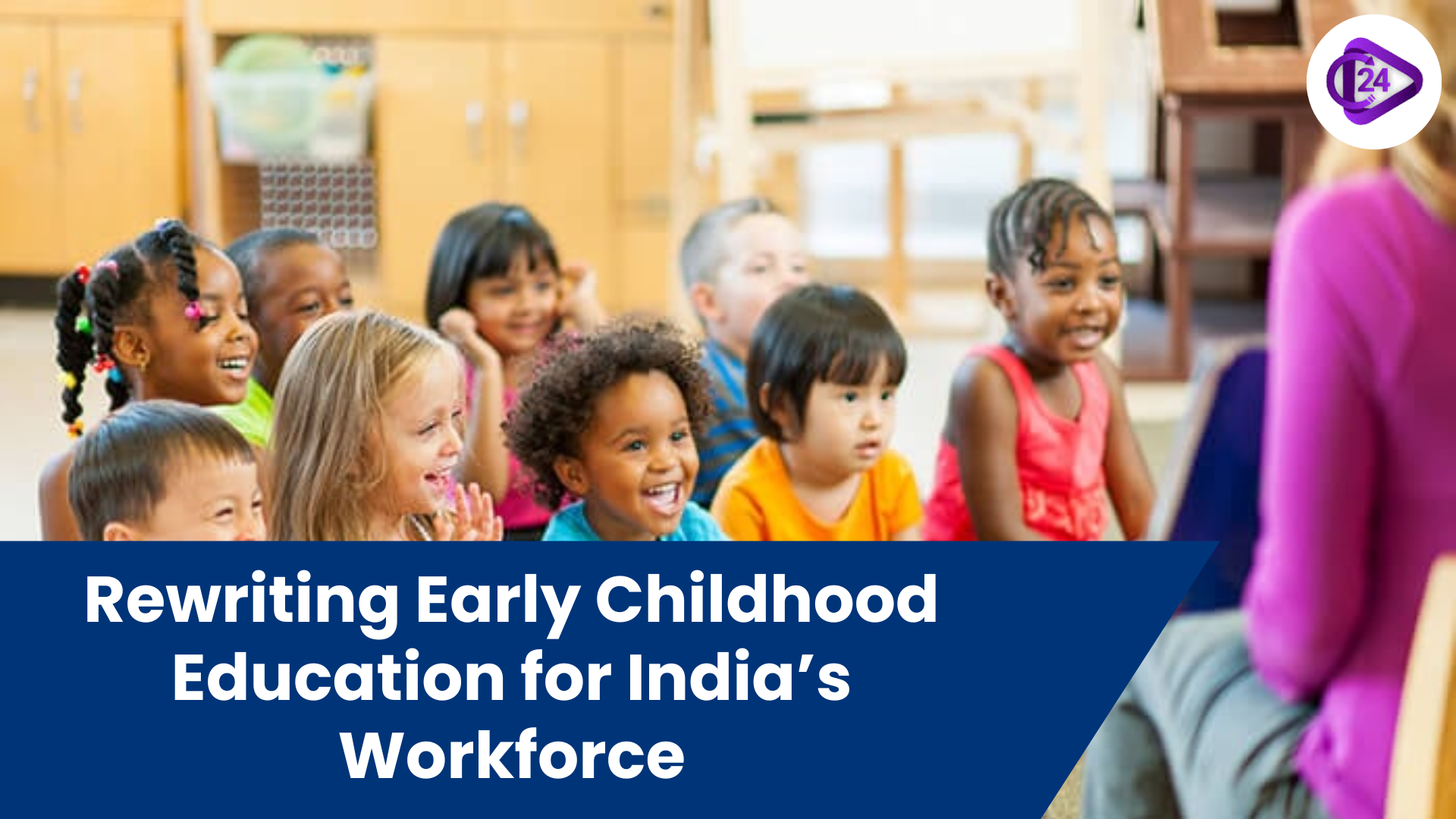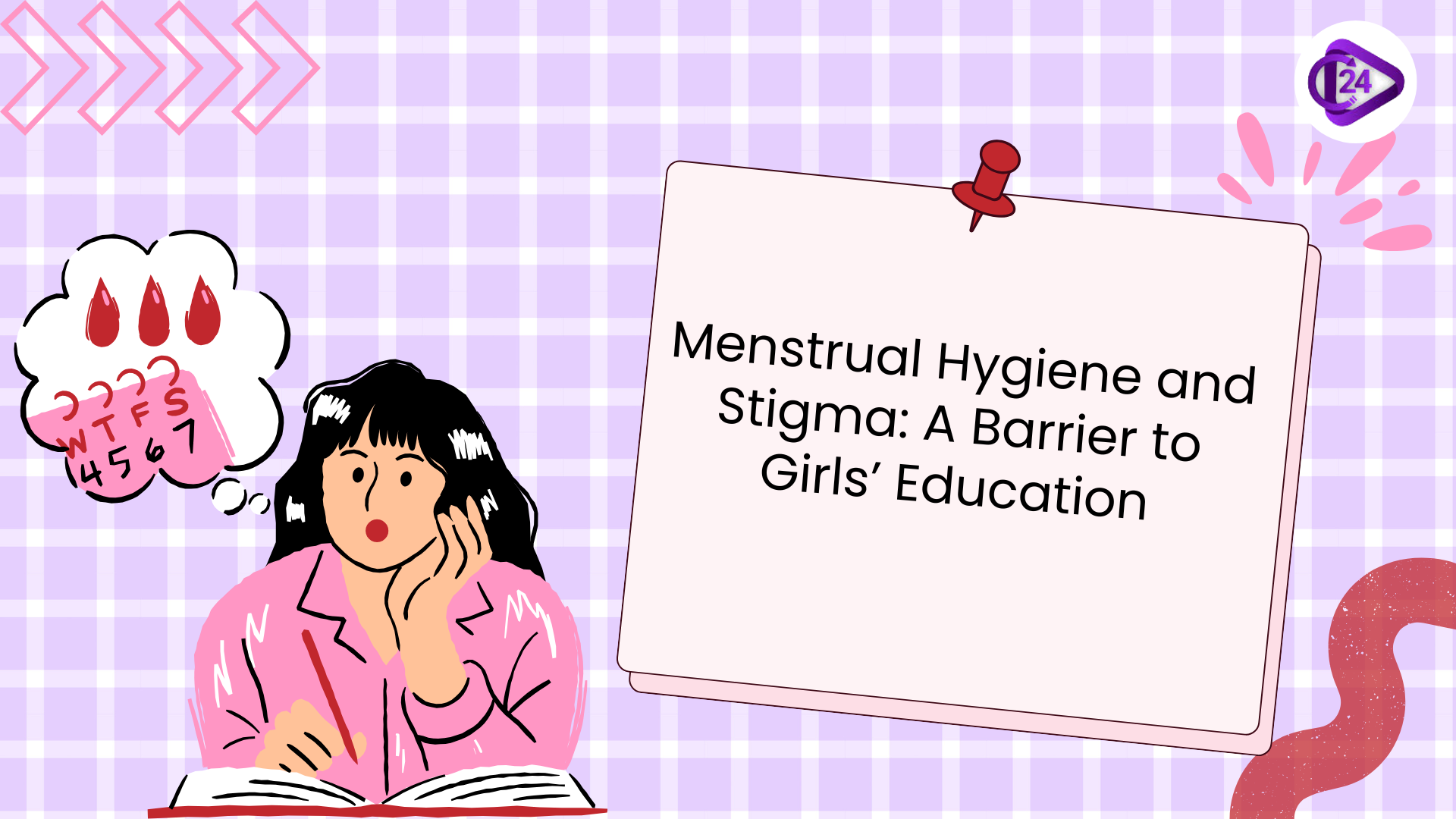
The New Education Policy (NEP) 2020 is designed to change India's education system in line with global standards and to improve students’ chances of getting work after education. The NEP sees the need for new ideas, teamwork and flexible ways to learn, so it promotes training, skill growth and research. It looks into issues about whether education is valuable and if it creates good job opportunities. Since that time, higher education, research and employment results for educated youth have all improved, demonstrating a shift toward stronger and fairer economic growth for everyone.
Context
-
NEP 2020 seeks to grow employability by supporting flexible learning, various areas of study, vocational training and internships with companies.
-
Since the NEP, Indian universities have seen better results in rankings, patent numbers and innovation.
-
Data on jobs shows that educated youth are increasingly working in regular and lasting jobs, a trend that indicates good changes in the economy.
Key Details:
A New Model of Education has been proposed by NEP 2020
-
By following a flexible four-year undergraduate program, students can gain credentials as they go and enjoy many different job opportunities.
-
Training in the workplace is bundled with learning so students can gain hands-on experience and learn about the industry.
-
If someone stops their education after a diploma or leaves school early, they have the opportunity to enter apprenticeships and rejoin workshops.
-
Working in research internships and R&D cells encourages academic institutions to develop innovative ideas.
How Competitive Is Indian Education Globally
-
Eleven Indian institutions were included in the world’s top 500 as ranked by QS.
-
The QS Asia Rankings 2025 finds India at the top with 163 universities featured.
-
Submissions for patents increased by 158% between 2021-22 and 2022-23.
-
India went up from the 76th spot to the 39th position in the Global Innovation Index in just ten years.
-
Many joint research activities were made possible through ANRF, AICTE IDEA labs and SPARC.
Focus on Indigenous Knowledge and Grassroots Innovation
-
Indian knowledge is now included in every level of the learning process.
-
Smart India Hackathon has helped over 13.9 lakh students to drive innovation at the start of their careers.
Current trends in employment and growth
-
Between 2004-05 and 2017-18, the number of educated youth (15-29 years) employed dropped, but it started to improve steadily after that.
-
As of 2023-24, male educated youth employment was at 53.4%, with female employment rising to 22.7%, very close to earlier peak values.
-
In total, employment rose to 38.6% and female employment growth since 2017-18 has reached 30.7%.
-
A move from occasional to regular work shows that people’s financial security has improved.
-
They reveal the importance of practical and creative training for both the economy and the benefits of workers.
Conclusion:
In the NEP 2020, education is planned with flexibility, new methods, skill training and research to bring together education and the needs of industry. Because it was introduced in stages, India’s reputation in both education and innovation has risen and students now have greater job opportunities. Higher employment and improvements in job quality demonstrate a good process of becoming more inclusive. It will be important for India to innovation, learn new skills and stay adaptable to protect its competitiveness and give its youth new opportunities.
UPSC Prelims Practice Questions
Q.1 With reference to the New Education Policy (NEP) 2020, consider the following statements:
- NEP 2020 suggests allowing students to enroll in the undergraduate program at several points and drop out whenever they want.
- The amount of patent submissions in India went down after NEP 2020 was implemented.
- NEP 2020 supports vocational training and learning at the workplace.
Which of the statements given above is/are correct?
A) 1 and 2 only
B) 1 and 3 only
C) 2 and 3 only
D) 1, 2 and 3
UPSC Mains Practice Question (GS Paper II / GS Paper III)
Q.1 "The NEP 2020 is not just about changing policies; it helps prepare India to become a knowledge economy."
Evaluate how NEP 2020 is working to improve the chances of employment, research and innovation. What problems might stand in the way of its complete implementation?



 First-Ever Subsea Tunnel in Kerala: Reduce Travel Costs & Ease Traffic
First-Ever Subsea Tunnel in Kerala: Reduce Travel Costs & Ease Traffic India’s Demographic Dividend as a Time Bomb: A Call for Action
India’s Demographic Dividend as a Time Bomb: A Call for Action Free Bus Schemes Help, But Rural India Pays More to Travel
Free Bus Schemes Help, But Rural India Pays More to Travel Keeladi Controversy-Conflict of Archaeology, Politics and Tamil Heritage
Keeladi Controversy-Conflict of Archaeology, Politics and Tamil Heritage Uttarakhand: A Persistent Hotspot for Helicopter Accidents
Uttarakhand: A Persistent Hotspot for Helicopter Accidents Empowering Women in Agriculture for Food Security
Empowering Women in Agriculture for Food Security Is India the World’s Fourth Largest Economy?
Is India the World’s Fourth Largest Economy? Rewriting the Script of Early Childhood Education: A Key to India’s Future Workforce
Rewriting the Script of Early Childhood Education: A Key to India’s Future Workforce Menstrual Hygiene Issues and Period Stigma: A Barrier to Girls’ Education in India
Menstrual Hygiene Issues and Period Stigma: A Barrier to Girls’ Education in India






